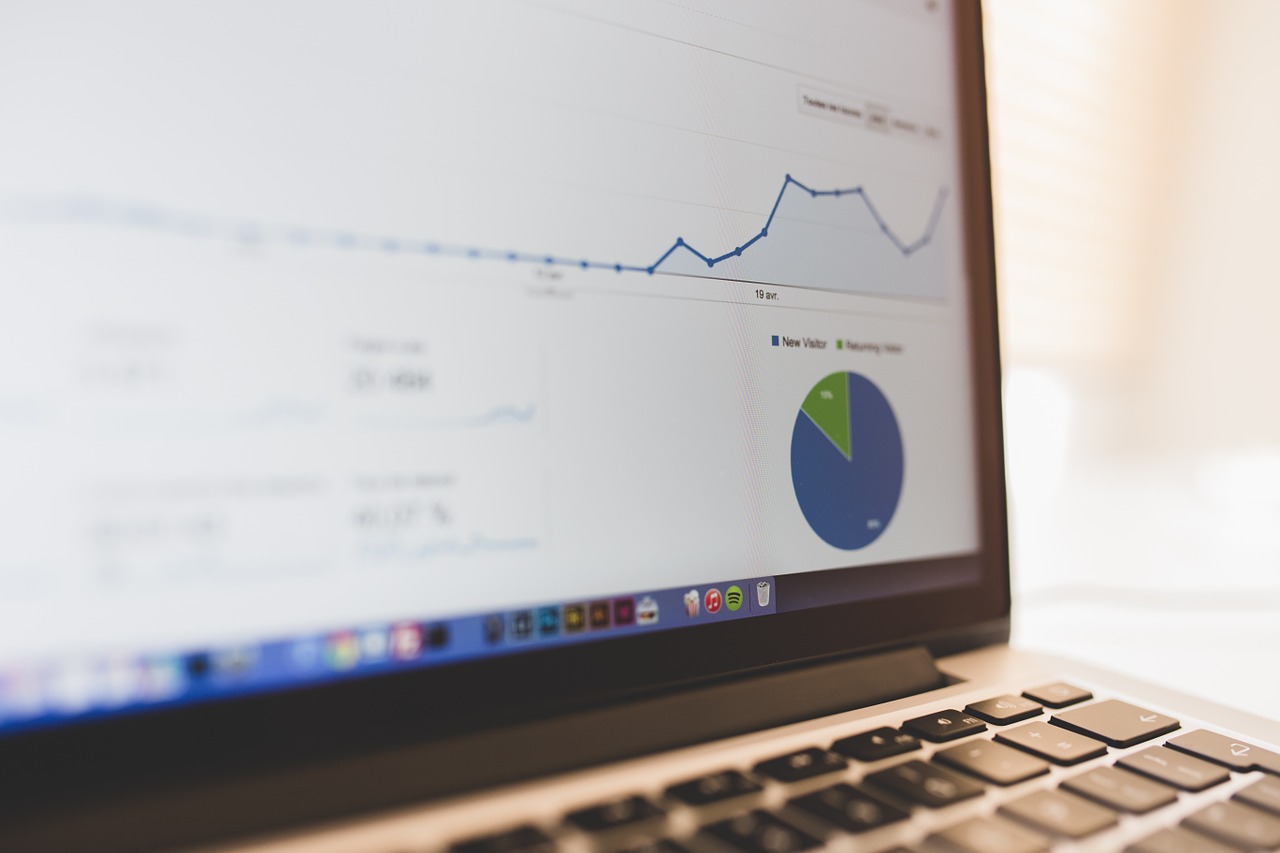All that you need to know about the Google Chrome Ad Blocker

Google launches a new version of its Chrome web browser today (15th February 2018), which will feature an inbuilt ad blocker to try and do away with intrusive ads from the browsing experience.
There are still some clear standards and unanswered questions relating to Google’s new approach, so in this article, we wanted to tell you all you need to know.
Google announced in April last year, that certain types of ads would be blocked automatically within Chrome, and this update to the world’s most popular browser is due to go live today.
However, the integration of an ad-blocker is just a small part of Google’s much bigger movement to improve the quality of online advertising.
It would appear that Google’s movement is one driven by consumers. In a survey conducted by Global Web Index, consumers are increasingly frustrated with ads that interrupt and distract them from the content that they want to view. As people spend more time on mobile devices and advertisers invest more in video content, the tension has only increased.

In addition, Axios revealed recently that Google has found two worrying trends when analysing user behaviour on Chrome:
One-in-five Chrome feedback reports mentions annoying/unwanted ads
There were 5+ billion mutes from people using Google’s “mute this ad” feature in 2017
1
All of these factors have led to a huge increase in the use of ad blockers in recent years, as the below graph from PageFair demonstrates. Consumers have found ad blockers to offer an easy and convenient solution, although this is not necessarily a permanent stance; it is widely accepted that is advertisers can provide some value to consumers, then consumers will be much more receptive to advertiser’s messaging.
Many publishers have begun to use “ad block walls”, which don’t allow users with an ad blocker installed access to their content. However, this approach is only a stop-gap measure and does not strike at the heart of the issue.
With this, it would seem that Google is aiming to take a degree of control over the current trend, rather than ignore it altogether – after all, third-party ad blockers might also end up blocking ads from the Google display network. Furthermore, Chrome accounts for 62% of the mobile browser market and 59% of desktop, so it certainly has the weight to make a difference.
Which ads will be affected?
The Chrome ad blocker will operate by standards based on the guidelines set by the Coalition for Better Ads. While Google is on the board that sets these regulations, so are many other influential bodies including the Association of National Advertisers, Unilever, and Facebook. This collective set out to identify the ad experiences that consumers found to be overly negative while browsing. The research revealed the certain types of ad that are typically related to negative experiences.
The desktop web experiences that will be affected are:

While the mobile ad types that will be affected are:

While these are broad categories, with varying levels of complexity within each, Google has pointed out that publishers have a 7.5% non-compliance threshold before their ads are blocked.
How will Google enforce this?
Google estimates that just 1% of publishers will be affected in the short-term by the new ad blocker. Google’s approach seems to be more about creating a great user experience in regards to ads, rather than eradicating them altogether. After all, Google knows that advertising supports the vast majority of what we see online.
Google will also provide alerts to sites that are at the “warning” or “failing” level on its scale, to provide an opportunity to clean up their ads. Google reports that 37% of sites that were initially in violation of their standards have since made changes to improve the quality of their ads.
In addition, websites that violate Google’s new standards will be allowed 30 days to remove the offending ads from their sites. After this period, Google will block their ads.



